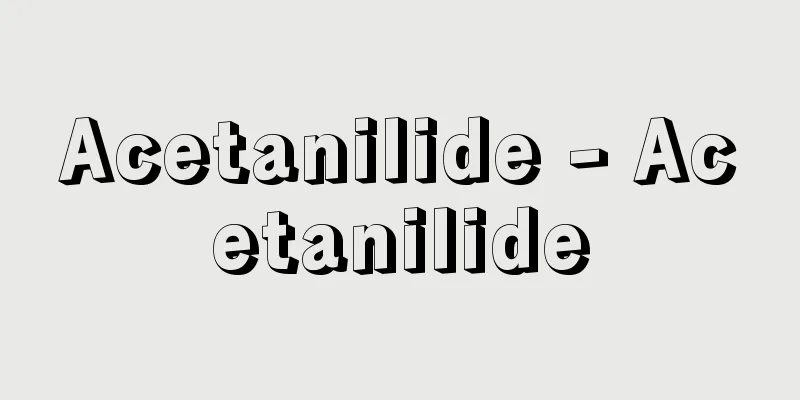Aerial roots

|
Roots are usually underground and support the above-ground parts of plants, absorbing water from underground and storing nutrients, but adventitious roots from above-ground stems and parts of underground roots that emerge above ground can have special functions, and these roots are called aerial roots. Depending on their function and shape, aerial roots can be classified as attachment roots, breathing roots, support roots, protective roots, water-absorbing roots, assimilation roots, and root needles. Adhesive roots are roots that have the function of attaching to other objects. The adventitious roots and root hairs that grow from the stems of climbing plants such as ivy, trumpet creeper, Japanese laurel, and vetch attach to other plants or rocks to support the plant. Pneumatic roots are found in wetlands and mangrove plants, and are roots that take in oxygen when it is lacking, and have developed aerenchyma inside. Pneumatic roots can be further divided into several types based on their shape. In mangrove and Avicenna, the lateral roots of the roots that run horizontally underground grow upward and emerge above ground or above the water surface, and are also called upright roots. The root cap eventually disappears, and the whole root is covered with cork tissue. In mangrove and Bruguiera, the secondary thickening of the crests of the wavy roots that run horizontally in a wavy manner is particularly active on the upper side, resulting in a knobby or rod-like protrusion called a knee root. In lauan and other species, the upper side of the horizontal roots undergoes particularly active aerenchymal thickening, forming a plate-like shape, and is called a plank root. In this case, several roots are arranged in a radial direction from the base of the trunk to support it, but plank roots contain a lot of aerenchyma and are soft, so they do not have the strength to support the trunk. Stilt roots are adventitious roots that grow downward from above-ground stems and mechanically support the plant body after penetrating underground while also absorbing water, etc. In corn and pandanus, thick adventitious roots grow diagonally downward and enter the ground, but in the case of rubber trees, the stilt roots that reach the ground among the pendant roots swell and grow into large stilt roots. Protective roots are numerous adventitious roots that hang down and cover the stem while adhering closely to it. Because they are mostly made of hard tissue, they often remain even after the plant dies, protecting the stem and retaining moisture. These are seen in the tree ferns and the round bee ferns. Water-absorbent roots are often seen in orchids that grow on trees, such as spider orchids, and often also serve as attachment roots. In spider orchids, the roots are reinforced by being wrapped in a special tissue called the root covering, which is made up of epidermal cells that grow while becoming corky, and rainwater and other water is stored in the root covering and absorbed. Assimilation roots are found in plants with degenerated leaves, such as Polypodium orchids, and are roots in which cells in the root cortex contain chloroplasts and carry out photosynthesis. Root needles are found in some palm plants, and refer to adventitious roots or their lateral roots that have become lignified and needle-like. [Eimasa Nishino] Source: Shogakukan Encyclopedia Nipponica About Encyclopedia Nipponica Information | Legend |
|
根は普通は地中にあって植物体の地上部を支え、地中の水などを吸収したり、養分の貯蔵の働きをするが、地上茎からの不定根や地中の根の一部が地上に出たものが特別の働きをすることがあり、このような根を気根という。気根はその働きや形によって、付着根、呼吸根、支柱根、保護根、吸水根、同化根、根針(こんしん)などに分けられる。 付着根は他物に付着する働きをもつ根で、キヅタ、ノウゼンカズラ、テイカカズラ、ツルマサキなど、よじ登り植物の茎から出た不定根やその根毛が他の植物体や岩に張りついて植物体を支える。 呼吸根は湿地やマングローブ植物にみられ、不足する酸素を取り入れるための根で、内部に発達した通気組織をもつ。呼吸根は形態からさらにいくつかに分けられる。ヒルギダマシやマヤプシキでは地中を横走する根の側根が上向きに成長して地上または水面上に出るもので直立根ともいう。根冠(こんかん)はやがてなくなり、全体がコルク組織で包まれる。オヒルギ、ヌマスギなどでは波打って横走する根の波頭にあたる箇所の二次肥大が上側でとくに活発な扁心(へんしん)肥大をするため、こぶ状ないし棒状に突起するもので膝根(しっこん)という。ラワン類などでは横走する根の上側でとくに活発に肥大する扁心肥大を行い、板状となることから板根(ばんこん)という。この場合、何本かの根によって幹の基部から放射方向に幹を支える形に配列するが、板根は通気組織を多く含んで柔らかく、幹を支える力はない。 支柱根は、地上茎からの不定根が下垂しながら成長し、地中に入ったあと植物体を機械的に支えながら、水などの吸収の働きもする根をいう。トウモロコシやタコノキなどでは太い不定根が斜め下に成長してそのまま地中に入るが、インドゴムノキの仲間では、垂れ下がっている根のうち地面に達したものが肥大成長して大きな支柱根となる。 保護根は、たくさんの不定根が茎と密着しながら下垂して茎を覆う。堅い組織が多いため枯死したあともよく残って茎を保護するとともに、水分を保持するもので、木生シダのヘゴやマルハチにみられる。 吸水根はクモランなど樹上に着生するラン科植物によくみられ、付着根も兼ねる場合が多い。クモランなどではコルク化しながら増殖した表皮細胞が蓄積した根被(こんぴ)という特別な組織で包まれて補強され、根被に雨水などを蓄えて、これを吸収する。 同化根は、葉が退化したカワゴケソウ科植物やクモランなどにみられ、根の皮層などの細胞が葉緑体を含んで光合成を行う根である。 根針はある種のヤシ科植物などにみられ、不定根やその側根が木化して針状になったものをいう。 [西野栄正] 出典 小学館 日本大百科全書(ニッポニカ)日本大百科全書(ニッポニカ)について 情報 | 凡例 |
>>: Woodcutter (木樵∥樵) - Woodcutter
Recommend
Apallic syndrome
...A milder state in which thoughts and actions a...
Lynching - lynching
A criminal punishment imposed by a private individ...
os sacrum (English spelling) ossacrum
… [Sacral vertebrae sacrales and coccyx os coccyg...
Aruba (English spelling)
An island in the Caribbean Sea, about 30 km off th...
Rhyme Mirror - Inkyo
A Chinese rhyme chart. The author is unknown, but...
Isazamemi - Isazamemi
A small aquatic animal belonging to the family My...
Marie‐Madeleine d'Aubray, Marquise de Brinvilliers
1630‐76 A notorious French poisoner. Born the daug...
Protease (protein decomposition enzyme) - protein decomposition enzyme
Enzymes that hydrolyze (digest) the peptide bonds ...
Emulsion - Emarujyon (English spelling) emulsion
In colloidal dispersion systems, this refers to a...
New commoner - Shinheimin
A discriminatory term that has been mistakenly us...
Ica (English spelling)
The capital of the prefecture of the same name in ...
The origins of Kitano Tenjin Shrine
Picture scrolls. They depict the life story of Su...
Skin traction
...Direct traction (skeletal traction) is a metho...
Unio Moustica - Unio Moustica
...Although this already suggests an experience t...
Underground movement
Generally refers to anti-government or anti-estab...









